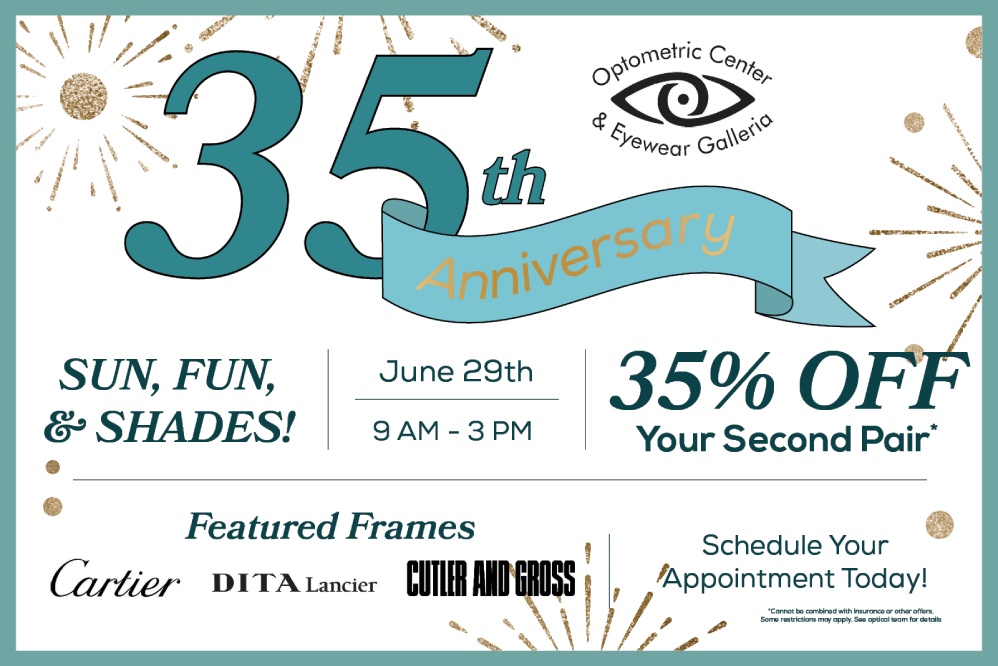Myopia or nearsightedness occurs when light enters the eye and is focused in front of the retina, causing distance objects to be blurred. This disease has increased 40 percent in the last 30 years in the United States. Eye doctors are diagnosing myopia at a younger age than in the past and an area of concern is high myopia (greater than -5.00 D). High myopia can lead to conditions such as cataracts, glaucoma, and retinal detachment.
Risk factors for developing myopia
- Family history
- Time spent outdoors
- Time spent on near work
- Age of onset
- Ethnicity
If one parent is nearsighted, a child is 40 percent likely to be nearsighted. If both parents are nearsighted, the child is 70 percent likely to be nearsighted. In addition, children that spend time more indoors are more likely to have progression in their myopia than children that spend more time outdoors. The American Optometric Association recommends 12-14 hours of outdoor activity a week. Due to the increase use of digital devices, children are becoming more myopic as well. It is recommended that young children spend no more than 1-2 hours on digital devices. I understand it is very difficult in this day in age to do that. Parents must be proactive and understand that myopia is a disease that can cause impaired vision as it progresses.
Traditionally, glasses have been prescribed to correct myopia. More recently, numerous studies have been conducted on methods to reduce myopia progression. One of the most effective methods is called Orthokeratology or Ortho-K. Ortho-K is a process of wearing rigid gas permeable contact lenses at night to reshape the front surface of the eye called the cornea. The lenses are removed during the day and the child can see all day without wearing glasses or contact lenses. Think of this treatment as braces for your eyes instead of your teeth. Studies show on average Ortho-K can reduce myopia progression by as much as 50 percent. Ortho-K provides a distinct advantage over other types of vision correction including freedom from wearing daytime glasses and contact lenses and slowing the rate of myopia. View the video below to see how Ortho-K works.
Call our office today 925-743-1222 to schedule a consultation to see if your child is a candidate for Ortho-K




